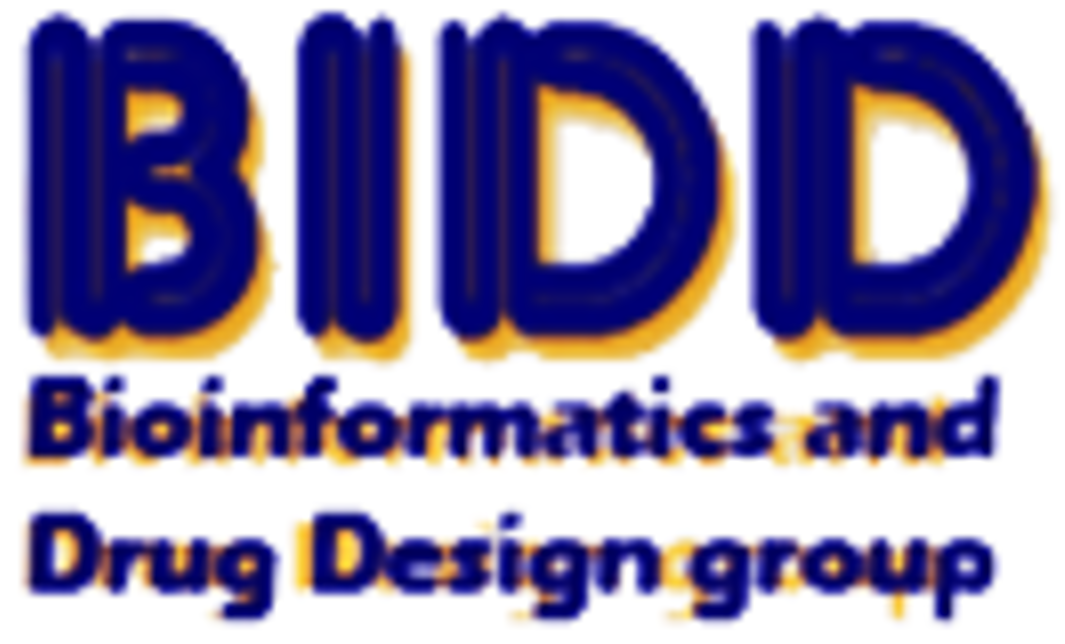| Target Validation Information | |||||
|---|---|---|---|---|---|
| Target ID | T98913 | ||||
| Target Name | Macrophage colony-stimulating factor receptor | ||||
| Target Type | Successful |
||||
| Drug Potency against Target | Midostaurin | Drug Info | IC50 = 142 nM | [530727] | |
| Tandutinib | Drug Info | IC50 = 3430 nM | [526399] | ||
| N-(2-morpholinophenyl)-5-nitrofuran-2-carboxamide | Drug Info | IC50 = 1100 nM | [529071] | ||
| The Effect of Target Knockout, Knockdown or Genetic Variations | The biological role of M-CSF in vivo has been studied mostly using the mutant osteopetrotic (op/op) mice, a natural model of M-CSF knock out. In op/op mice, the total absence ofM-CSF production is due to the insertion of a single base pair in the coding region of the M-CSF gene. The op/op mice are characterized by skeletal abnormalities, impaired fertility, low body weight,toothless phenotype and a severe deficiency in mature macrophages and osteoclasts. Repeated injections of recombinant h uMan M-CSF (rhM-CSF) to op/op mice correct osteopetrosis and the toothless phenotype, osteoclasts and restore normal n uMbers of spleen and femoral macrophages, but have no effect on the deficiencies of pleural and peritoneal macrophages or on the reduced female fertility. Thus,in vivo, soluble M-CSF induces the proliferation, differentiation and bone resorbing activity of osteoclasts from earlier hematopoietic progenitors. However, in vitro, soluble M-CSF increases migration, chemotaxis, spreading and survival, but reduces the resorbing activity of isolated osteoclasts [120, 121]. This suggests that other forms of M-CSF or other cytokines acting in combination with it,may contribute to the physiological regulation of osteoclast activity. This hypothesis is reinforced by the fact that it has been possible to purify the PG-M-CSF isoform from bone matrix and that cultured osteoblasts synthesize membrane and matrix-bound M-CSF. | [530727] | |||
| References | |||||
| Ref 530727 | Bioorg Med Chem. 2010 Mar 1;18(5):1789-97. Epub 2010 Jan 28.Colony stimulating factor-1 receptor as a target for small molecule inhibitors. | ||||
| Ref 526399 | J Med Chem. 2002 Aug 15;45(17):3772-93.Identification of orally active, potent, and selective 4-piperazinylquinazolines as antagonists of the platelet-derived growth factor receptor tyrosine kinase family. | ||||
| Ref 529071 | Bioorg Med Chem Lett. 2007 Nov 15;17(22):6070-4. Epub 2007 Sep 19.Potent 2'-aminoanilide inhibitors of cFMS as potential anti-inflammatory agents. | ||||
If You Find Any Error in Data or Bug in Web Service, Please Kindly Report It to Dr. Zhou and Dr. Zhang.

